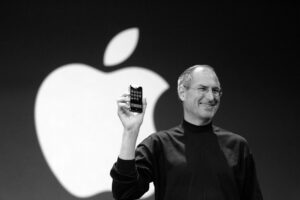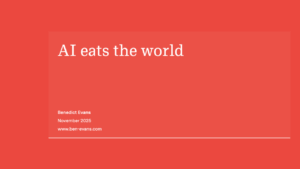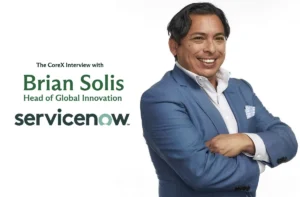
Just months before the pandemic, I joined Comcast innovation executives, eWeek, and a host of CX experts to explore the next trends in CX and digital innovation.
Following the roundtable discussion, I joined my friends at The Cube and Silicon Angle to dive deeper into conversations about shifting consumerism, the role of innovation in digital products and services and also digital experience design, as well as measuring ROE (return on experiences).
Post Pandemic, the conversation seems like it happened a lifetime ago. But, the truth is that experience design and innovation is a key differentiator and a beacon for the way forward, especially in these times of disruption. While it’s counter intuitive to think about investments when everyone else is exploring cost-cutting, this is exactly the time to break new ground. It’s those that study customer dynamics, needs, emotions, and aspirations that reveal meaningful, and empathetic ways to innovate in business models, customer experiences and new products and services.
The full story is below…
Designing for the accidental narcissist: Focus on experience is driver for Gen-C (and now Generation-N) innovation.
Experience is what counts. An incoming wave of connected consumers — known as Generation C — are not bound by traditional demographics. Instead they share behaviors, interests and expectations driven by the digital era. Accustomed to instant gratification, they expect everything to be tailored to their needs and delivered now. Delay them or displease them, and they move on without a backwards glance.
“What companies need to get is that the customers change,” said Brian Solis (pictured), digital analyst, anthropologist, futurist, best-selling author, and international keynote speaker @Brian Solis. “Once you get something your way fast … you take that mindset subconsciously to everything you do.”
Solis spoke with spoke with Jeff Frick (@JeffFrick), host of theCUBE, SiliconANGLE Media’s mobile livestreaming studio, during the Comcast CX Innovation Day event in Sunnyvale, California. They discussed changing customer expectations and the increasing importance of experience to the design process.
Innovation should not lead to complication.
Fifty years ago, a TV remote was simple to understand and use. Today’s remotes have an average of 70 buttons, making them a user interface fail, according to Solis. “It has gotten progressively worse over time,” he said. “I don’t know that anybody has mastered their relationship with the remote control.”
Adding voice-activated program search to the remote control for its X1 TV Box has given Comcast Cable Communications LLC Xfinity brand the edge in customer experience, according to Solis.
The largest pay-television company in the world, Comcast used to be known for its poor customer service. Changing that around came from embracing the vision of a new way of innovation. One based not on repeating the successes of the past, but on understanding the needs of the mobile-first consumer.
Describing Comcast as “pioneers in what customer experience needs to be,” Solis emphasized that companies need to realize the importance of “innovation for the sake of pushing the customer experience forward; changing customer behaviors in a way that’s going to create a new standard for experiences. That way you become the leader in engagement,” he said.
What is the return on ignorance?
Return on investment is the traditional benchmark for business success. But “what happens in the ROI equation if ‘I’ equals ignorance?” Solis asked. The answer is unhappy customers.
In place of ROI he advocates executives calculate based on a broader set of parameters that he calls return on experience, or ROE.
“If you can design for emotional outcomes, where people are going to feel great in the moment and feel great afterwards, that is a metric that you can have a before and after state,” Solis stated.
Profit is still important, but it comes not from narrow attention to the bottom line. Instead, companies need to focus on longer-term, more-inclusive factors.
“Attaching that emotion to things like loyalty, customer lifetime value, growth, then you can get to your ROI in a different way,” Solis stated. “But you have to first do it with intention.”


Brian Solis | Author, Keynote Speaker, Futurist
Brian Solis is world-renowned digital analyst, anthropologist and futurist. He is also a sought-after keynote speaker and an 8x best-selling author. In his new book, Lifescale: How to live a more creative, productive and happy life, Brian tackles the struggles of living in a world rife with constant digital distractions. His previous books, X: The Experience When Business Meets Design and What’s the Future of Business explore the future of customer and user experience design and modernizing customer engagement in the four moments of truth.
Invite him to speak at your next event or bring him in to your organization to inspire colleagues, executives and boards of directors.





Leave a Reply